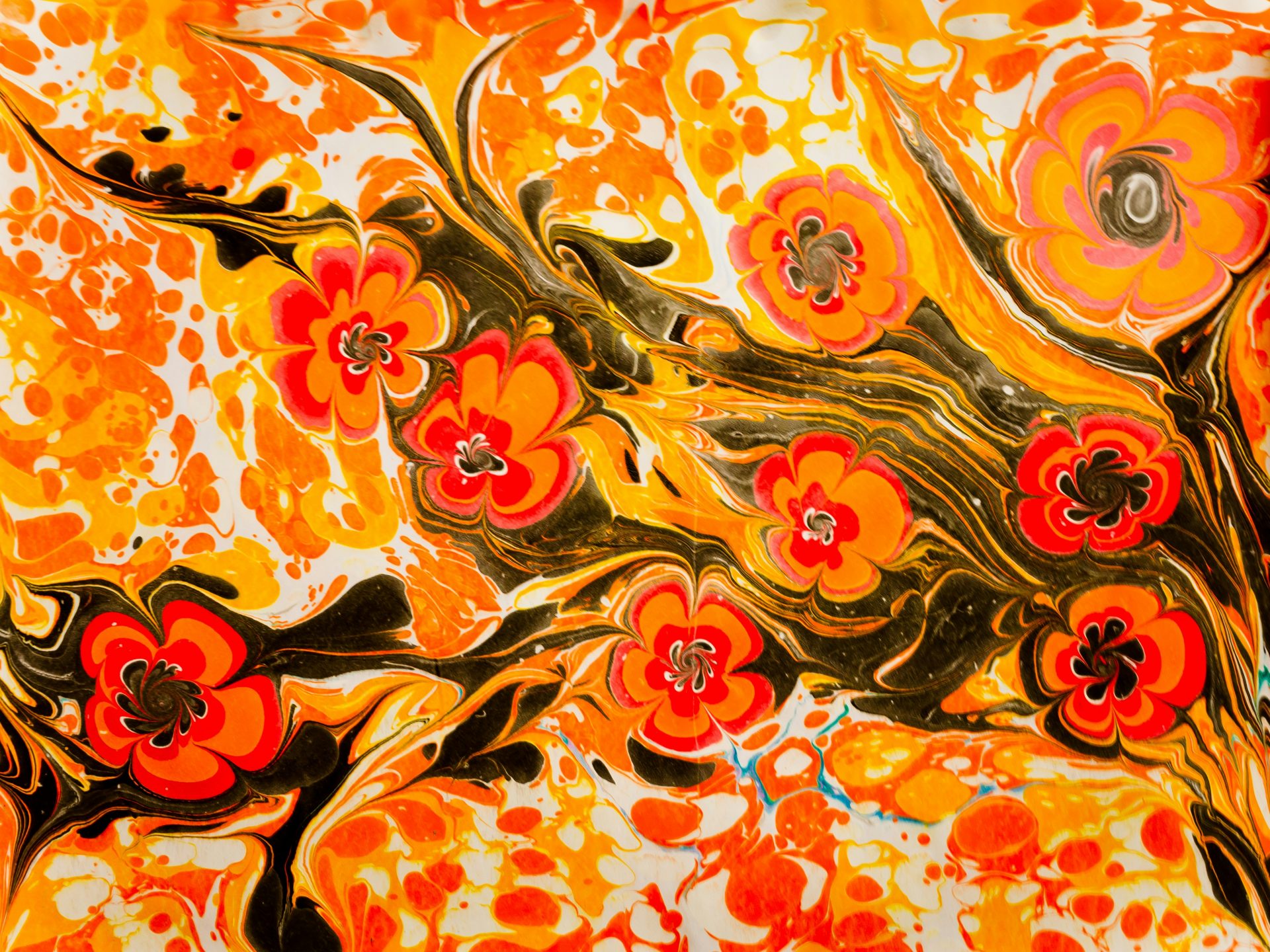Geb: God of the Earth and Fertility

Before diving in, please note: This post is for informational purposes only. If you’d like to know more about how we approach topics, feel free to check out our friendly Disclaimer Page.
Hey there, amazing readers! 🖐️ Just a quick note: yes, we know there are a lot of ads here. Trust us, we get it—it’s not the prettiest look, but they help us keep this blog alive and kicking. Those pesky little ads cover the costs of all the behind-the-scenes magic, from hosting and tech stuff to creating content we hope you’ll love.
We’re committed to delivering quality posts, and your support (even just sticking around despite the ads) means everything to us. So, bear with us, and thanks for helping us keep the good vibes rolling. Now, on to the fun stuff! 😉
TRANSLATE BUTTON AT THE END OF THE ARTICLE
A Quick Overview
In ancient Egyptian mythology, Geb was revered as the god of the earth and fertility.
He was an important deity in the Egyptian pantheon, playing a vital role in the cycle of life and death.
Geb was often depicted as a man lying on the ground, with his body covered in green plants symbolizing the fertile earth.
He was closely associated with agriculture, as the provider of sustenance and nourishment for the people of Egypt.
Geb’s relationship with Nut, the goddess of the sky, was also central to Egyptian cosmology, as they were believed to be the parents of many of the major gods and goddesses in Egyptian mythology.
The Origin of Geb in Egyptian Mythology
Geb was one of the oldest gods in Egyptian mythology, believed to be the son of the primordial gods Shu, the god of air, and Tefnut, the goddess of moisture.
He was considered the personification of the earth itself, representing its stability and fertility.
Geb’s name is derived from the Egyptian word for "earth," emphasizing his connection to the land and its life-giving properties.
As the god of the earth, Geb was responsible for sustaining all living beings and ensuring the prosperity of the land through his powers of fertility.
Geb’s Role as the God of the Earth
As the god of the earth, Geb was believed to control the forces of nature that governed the fertility of the land.
He was responsible for the growth of crops, the abundance of harvests, and the overall well-being of the earth and its inhabitants.
Geb was also associated with the cycle of life and death, as the earth was seen as both the source of life and the final resting place for the deceased.
In Egyptian mythology, Geb was considered a benevolent deity who provided for his people and nurtured the land with his divine powers.
Symbols and Depictions of Geb
Geb was often depicted in Egyptian art as a man lying on the ground, with his arms and legs extended to symbolize the vastness of the earth.
He was usually shown with green plants covering his body, representing the fertility of the land.
Geb’s skin was sometimes depicted as blue or green, symbolizing his connection to the earth and its life-giving properties.
He was also associated with the goose, a sacred animal in Egyptian mythology, which was believed to be a symbol of fertility and rebirth.
Geb’s Relationship with Nut, Goddess of the Sky
Geb’s relationship with Nut, the goddess of the sky, was central to Egyptian cosmology.
According to myth, Geb and Nut were once inseparable, with Nut arching over Geb to create the sky.
However, their father, the god Atum, separated them for fear that their embrace would prevent the world from being created.
As a result, Nut was forced to remain forever separated from Geb, with only the stars serving as a bridge between them.
Despite this separation, Geb and Nut were believed to be the parents of many of the major gods and goddesses in Egyptian mythology, including Osiris, Isis, Set, and Nephthys.
Geb’s Influence on Fertility and Agriculture
Geb’s role as the god of the earth made him a central figure in Egyptian agriculture and fertility rituals.
The ancient Egyptians believed that Geb’s power was essential for the growth of crops and the prosperity of the land.
Farmers would often make offerings to Geb to ensure a bountiful harvest, including grains, fruits, and vegetables.
Geb was also associated with the annual flooding of the Nile River, which was believed to be a manifestation of his power and fertility.
The flooding of the Nile was essential for irrigating the farmland and replenishing the soil with nutrient-rich silt, ensuring the success of the crops.
Offerings and Rituals to Honor Geb
To honor Geb and seek his favor, the ancient Egyptians conducted rituals and made offerings to him.
Offerings to Geb typically included fruits, grains, vegetables, and sacred animals such as geese.
Rituals were performed in temples dedicated to Geb, where priests and devotees would offer prayers and gifts to the god of the earth.
The ancient Egyptians believed that by honoring Geb through rituals and offerings, they could ensure the fertility of the land, the prosperity of the crops, and the well-being of the people.
Temples and Shrines Dedicated to Geb
Temples and shrines dedicated to Geb were built throughout ancient Egypt to honor the god of the earth.
These sacred sites served as places of worship and pilgrimage for devotees seeking Geb’s blessings and protection.
The most famous temple dedicated to Geb was located in Heliopolis, one of the oldest and most important religious centers in ancient Egypt.
The temple of Geb in Heliopolis was a grand structure adorned with intricate carvings and hieroglyphics depicting the god of the earth in all his glory.
Pilgrims from all over Egypt would travel to Heliopolis to pay homage to Geb and seek his guidance and blessings.
Stories and Legends Involving Geb
Geb played a prominent role in many myths and legends in Egyptian mythology.
One of the most famous stories involving Geb is the myth of Osiris, Isis, and Set.
According to the myth, Geb and Nut were the parents of Osiris, Isis, Set, and Nephthys.
Osiris, the god of the afterlife, was murdered by his jealous brother Set, but with the help of Isis, Osiris was resurrected and became the ruler of the underworld.
Geb’s role in this myth highlights his importance as the god of the earth and the cycle of life and death.
Geb’s Importance in Egyptian Cosmology
In Egyptian cosmology, Geb was considered one of the central figures in the creation of the world and the order of the universe.
He represented the stability and fertility of the earth, while Nut symbolized the vastness and expansiveness of the sky.
Together, Geb and Nut were believed to be the foundation of the world, with all living beings depending on their divine powers for sustenance and growth.
Geb’s influence extended beyond the physical world, as he was also associated with the realm of the dead and the afterlife, guiding souls on their journey to the underworld.
Celebrations and Festivals in Honor of Geb
Throughout ancient Egypt, celebrations and festivals were held in honor of Geb to commemorate the cycles of life, death, and rebirth.
These festivals were often held during the planting and harvesting seasons, when the fertility of the land was most crucial.
Priests and devotees would gather in temples dedicated to Geb to offer prayers, make offerings, and participate in rituals to ensure the prosperity of the crops and the well-being of the people.
These celebrations were an important part of Egyptian religious life, emphasizing the interconnectedness of the natural world and the divine forces that governed it.
Modern Interpretations of Geb
In modern times, Geb continues to be a symbol of fertility, abundance, and the cycle of life in Egyptian mythology.
His connection to the earth and agriculture resonates with people who value sustainability, environmental stewardship, and the preservation of the natural world.
Geb’s legacy as the god of the earth has inspired artists, writers, and scholars to explore themes of growth, renewal, and interconnectedness in their work.
His enduring presence in popular culture serves as a reminder of the importance of honoring the earth and its life-giving properties.
Geb’s Legacy in Ancient and Contemporary Culture
Geb’s legacy as the god of the earth and fertility has left a lasting impact on ancient and contemporary culture.
In ancient Egypt, Geb was revered as a benevolent deity who provided for his people and ensured the prosperity of the land.
His influence on agriculture, fertility, and the cycle of life and death was central to Egyptian religious beliefs and practices.
In modern times, Geb’s legacy continues to be celebrated in art, literature, and popular culture, as a symbol of the earth’s abundance and the interconnectedness of all living beings.
Through his enduring presence, Geb remains a powerful and revered figure in Egyptian mythology and beyond.
Conclusion
Geb, the god of the earth and fertility in Egyptian mythology, played a vital role in the cycle of life and death, agriculture, and the order of the universe.
His close relationship with Nut, the goddess of the sky, symbolized the interconnectedness of the earth and the heavens.
Geb’s influence on fertility, agriculture, and the well-being of the people was honored through offerings, rituals, and celebrations in ancient Egypt.
Temples and shrines dedicated to Geb served as sacred sites for worship and pilgrimage, emphasizing his importance in Egyptian religious practices.
Geb’s legacy as a symbol of fertility, abundance, and the cycle of life continues to inspire and resonate with people in modern times, highlighting the enduring significance of this ancient deity in Egyptian and contemporary culture.

The Enlightenment Journey is a remarkable collection of writings authored by a distinguished group of experts in the fields of spirituality, new age, and esoteric knowledge.
This anthology features a diverse assembly of well-experienced authors who bring their profound insights and credible perspectives to the forefront.
Each contributor possesses a wealth of knowledge and wisdom, making them authorities in their respective domains.
Together, they offer readers a transformative journey into the realms of spiritual growth, self-discovery, and esoteric enlightenment.
The Enlightenment Journey is a testament to the collective expertise of these luminaries, providing readers with a rich tapestry of ideas and information to illuminate their spiritual path.
Our Diverse Expertise 🌟
While our primary focus is on spirituality and esotericism, we are equally passionate about exploring a wide range of other topics and niches 🌍📚. Our experienced team is dedicated to delivering high-quality, informative content across various subjects ✨.
To ensure we provide the most accurate and valuable insights, we collaborate with trusted experts in their respective domains 🧑🏫👩🏫. This allows us to offer well-rounded perspectives and knowledge to our readers.
Our blog originally focused on spirituality and metaphysics, but we’ve since expanded to cover a wide range of niches. Don’t worry—we continue to publish a lot of articles on spirituality! Frequently visit our blog to explore our diverse content and stay tuned for more insightful reads.






